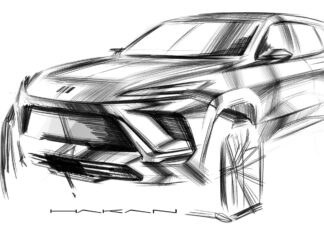
The 2013 Volvo XC60 T6 and the 2013 BMW X1 xDrive 35i have a lot in common. Both cars are powered by a 3.0-Liter engine.
Both engines are turbo-charged by a twin scroll turbo.
Both engines produce 300 HP.
Both engines are mated to a 6-speed automatic and both engines power all four wheels with via all-wheel-drive.
Of course, the BMW X1 is much smaller and the Volvo XC60 is much bigger.
Interestingly both cars as tested also have a M.S.R.P of just over $48,000 USD.
In this fun and informative TFLcar review, we put both vehicles to the test to see which one is faster to 60 MPH.
Both vehicles have unique all-wheel drive setups.
According to BMW, “Taking the power to where it has maximum effect – a simple idea that the intelligent xDrive all-wheel drive system puts into practice masterfully.
In the BMW X1, the xDrive all-wheel drive system provides better traction, greater stability and more safety. If the sensors detect that the car is about to drift off course – for example, in wintry conditions – the system reacts in milliseconds. By adjusting the amount of power distributed to the axles, xDrive eliminates oversteering or understeering instantly.
Even on ice and snow, the system lets you enjoy the power of the BMW X1 to the full, with a noticeable gain in traction and tracking stability on any terrain. Whether you’re taking tight corners, attempting a hill start or tackling slippery surfaces, the optimum amount of power is applied to the road.”
Volvo says, “The advanced Haldex® AWD system with Instant Traction™ has an electronic management system that constantly monitors the speed of the wheels, the throttle, engine torque, engine speed and the brakes. As driving conditions change, wheels with the best grip get the most power. When a tire loses traction, power is reduced to that wheel and instantly transferred to the more sure-footed wheels.”
In the snow, both vehicles perform well, but the Volvo XC60 has a more secure overall feel.























